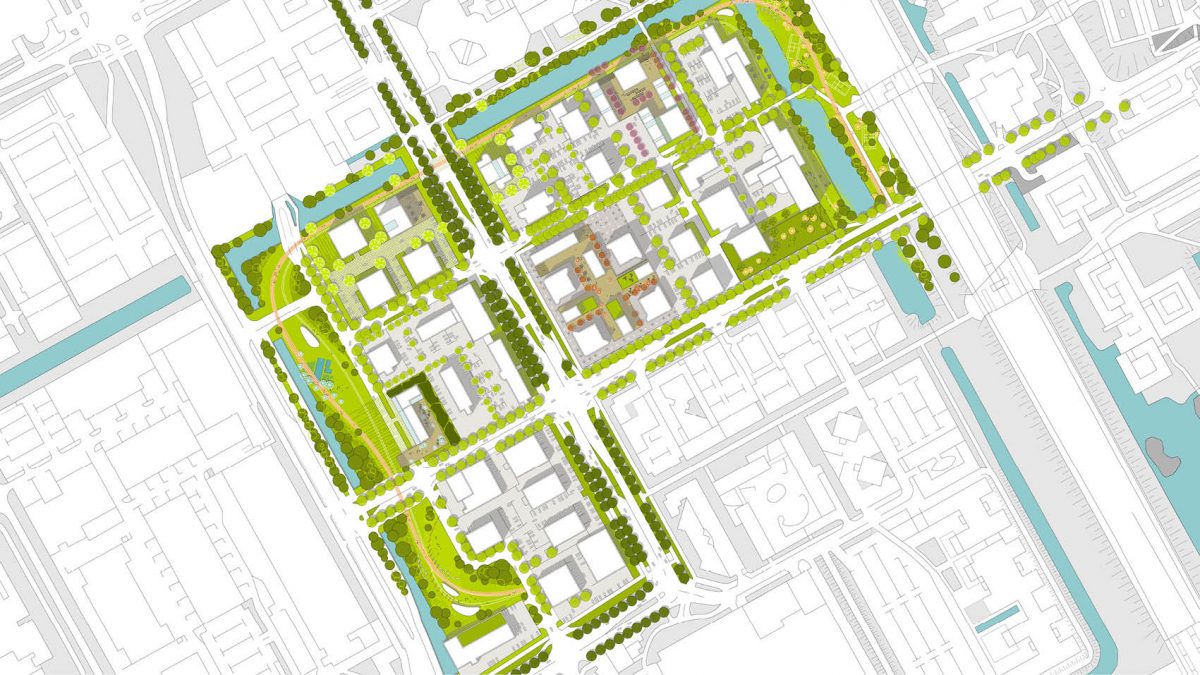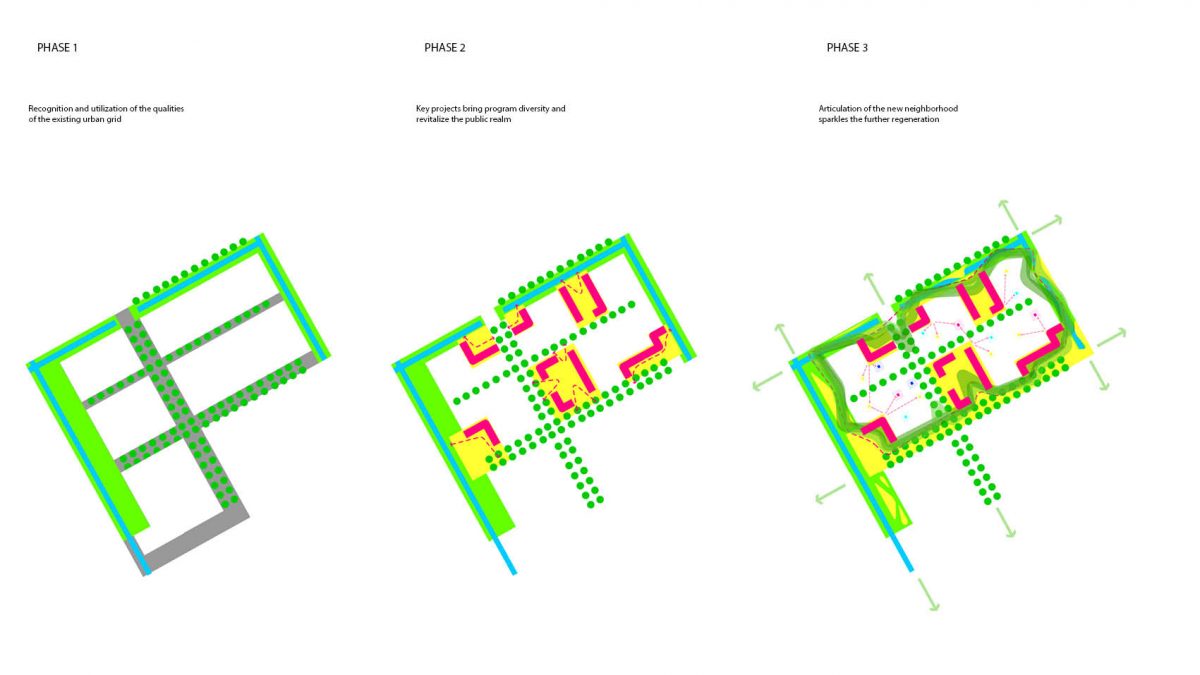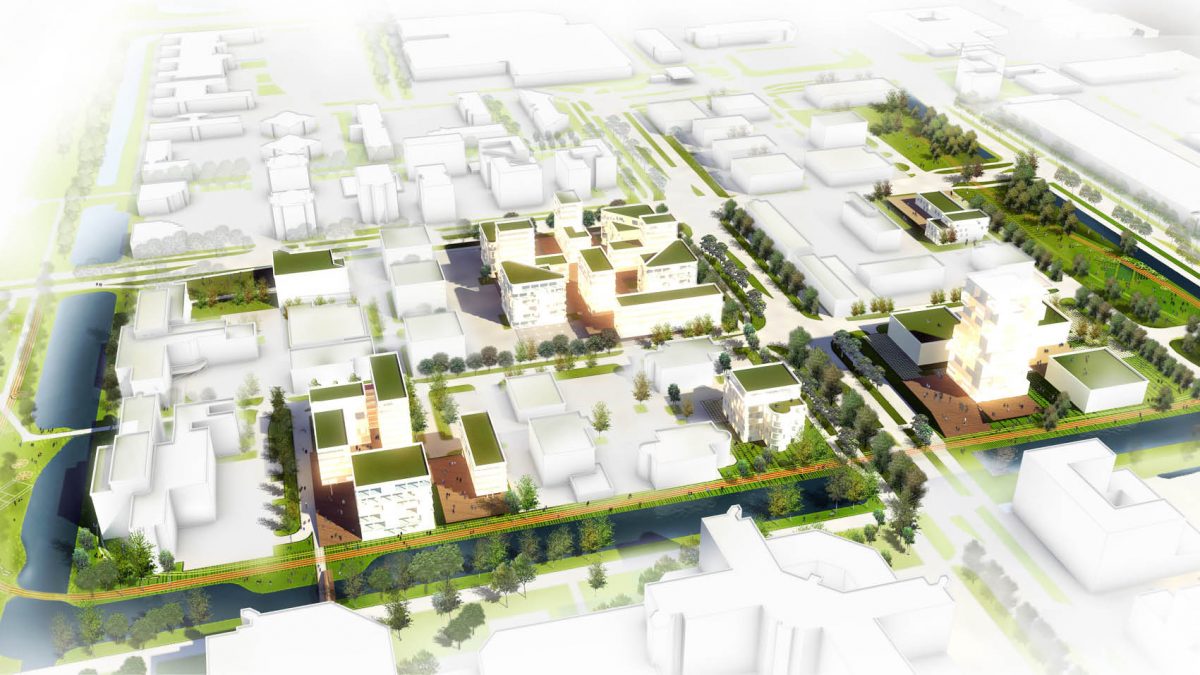Promising problems
Urban development framework for the regeneration of a vacant office district
- Category
- Architecture, Urbanism
- Year
- 2011
- Location
- Amstredam NL






- Size
- 25ha
- Program
- Offices, commercial facilities, public space, residential units
- Role
- Architect and Urban Planner
- Client
- Gemeente Amsterdam
- Collaboration
- Matteo Bettoni, Sarah Wolf and Yong Cui
- Remark
- Second prize [Europan 11] and comission
The plan proposes a spatial development strategy to tackle and exploit the latent qualities of AMSTEL III, one of Amsterdam’s mono-functional business areas, especially considering a high level of the structural vacancy of its office space.
Having its gradual regeneration as a goal, the proposed concept leads to a truly alternative, yet realizable development model for this, as well as for all other similar areas in the Netherlands and elsewhere.
Respecting the current state of mind of the key players in the urban development, the proposal suggests strategies/projects that can bring them together and harmonize their interests and efforts in a joint regeneration project that is not only beneficial for all the stakeholders, but also outlines the tactic for a genuinely sustainable city (re)development.
Amstel III is a large-scale working district in southeast of Amsterdam, 16 ha in size, well positioned, with excellent infrastructure and good traffic connection with the rest of the city.
Strict zoning that once envisioned AMSTEL III as a mono-functional business area made it vulnerable to the changes in the work-live patterns of the contemporary European city. As the focus of the economic activity shifts from the manufacturing and services towards knowledge based and creative industries, the car dominated area with a poor quality of the open space, far away from the city center, cannot stand a competition with much more attractive locations in Amsterdam.
Limited space for pedestrians and cyclists further deprives the condition. No places where people can sit, rest and meet one another. Result is the lack of liveliness. Scarcely any identity.
Even if owned by the municipality, the land is allocated to a huge number of tenants on a long lease basis. Interest is fragmented and there is no common body that would be interested in a long term investment.
City, on the other hand, as the owner, has the interest in (re)developing the area, but has no means to do so, and is in need of the overall vision that would inspire the participation of the tenants. Complex and complicated as it is, Amstel III is described as a promising problem area.
